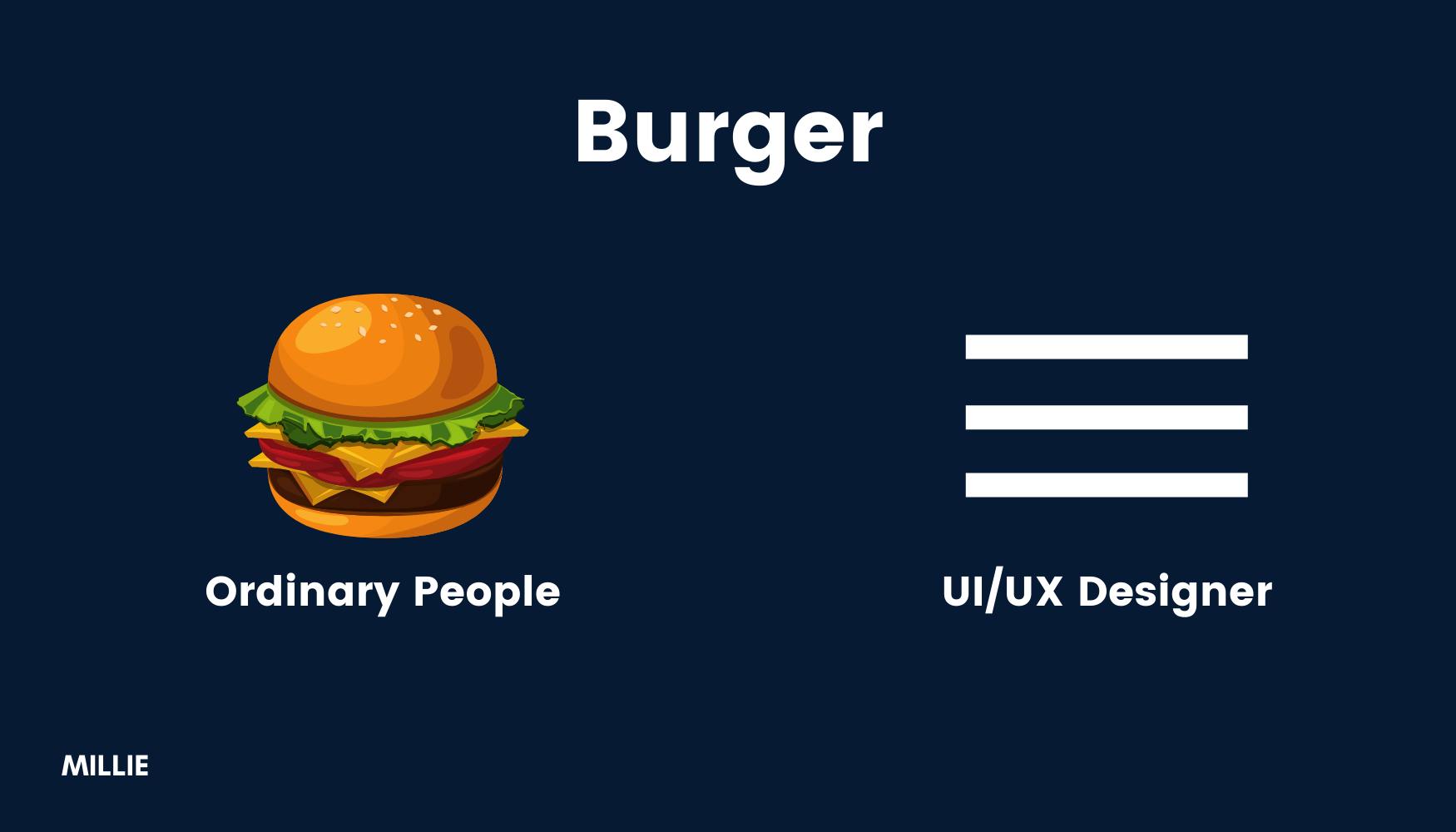Millie’s Guide to UI/UX Design
Article written and edited by Ivan Butyliuk and Nadya Soetomo.
Studying user interface (UI) and user experience (UX) design may seem daunting, but what if there was a handbook for it?
To create a successful product, three fields generally work together: product, engineering, and design. While engineering can generally be understood as how something is built, product and design are slightly more complicated.
In a recent Millie’s Guide workshop, Ivan Butyliuk, Senior Product Designer at Netflix, shared his journey from developing an interest in graphic design to landing a senior design position at a leading streaming platform. Read on for his expert insights.
What is product design?
User interface/experience (UI/UX) design is product design. While UI deals with the look and feel of a product, UX concerns its accessibility. Although most companies prefer to combine the two, some purposefully hire specialized designers to work on a product’s aesthetics and usability separately. Regardless of which route a company chooses, it's essential to understand that a product’s mechanism influences the way it looks.
“A product’s mechanism influences the way it looks.”
What does a product designer do?
Every designer's first step is to identify a problem that needs solving. This involves learning how to effectively balance the business objectives, people, budget, tools, and skills to reach a feasible solution. If a product design is successful, then users will see a reflection of their needs and desires in the product.

How do different work roles and responsibilities affect a product designer’s process?
Netflix is a global content platform and production company, but within it, there are many moving parts. Ivan specifically focuses on Netflix’s dubbing workflow. This means he designs tools that support the process of dubbing — re-recording new dialogue and adding it to video content that has already been shot — as a means of translating foreign-language films into the audience's language.
Ivan’s role requires him to:
- Acknowledge the technical and engineering constraints of the technology he uses.
- Study Netflix’s users by asking questions and engaging with his target audience to see what problems need solving, documenting his thought process throughout.
- Explore the market to figure whether there are similar tools already in existence that he could learn from or modify.
- Create his design — and keep on refining it until the product’s objectives are achieved.
During the process, Ivan creates numerous versions of a design. This enables him to weigh multiple options before selecting one that is the most achievable and beneficial for the business needs. From that point on, Ivan can start his next project while the engineering team begins building it — making his chosen design a reality.
Down below is an example of a tool Ivan designs to enable voice-over actors to record remotely.

How can you get started with design?
“Getting a degree in product design isn’t the only way to get started.”
There are many online courses you can take to develop your skills, wherever you are in your career. Here are a few ways you can get started as a high school student:
- Join communities related to design
Explore communities like Dribbble or Behance where designers share their work and reach out to people for tips to get started.
- Understand the field as much as possible
Gain valuable inspiration and experience from others. Designers who are well-known for sharing their thought processes, such as @rsms, @joulee, and, @nlevin, among others, can be found (and followed) on Twitter .
- Design something (anything!)
You can download free designing tools like Figma or Sketch for practice — they are valuable learning tools. In the end, nothing will get you closer to finding out whether you really like product design, or want to pursue it, than doing it yourself!
For more specialist tips and tricks from Ivan, check out Millie’s Guide webinar on UI, UX & Design.